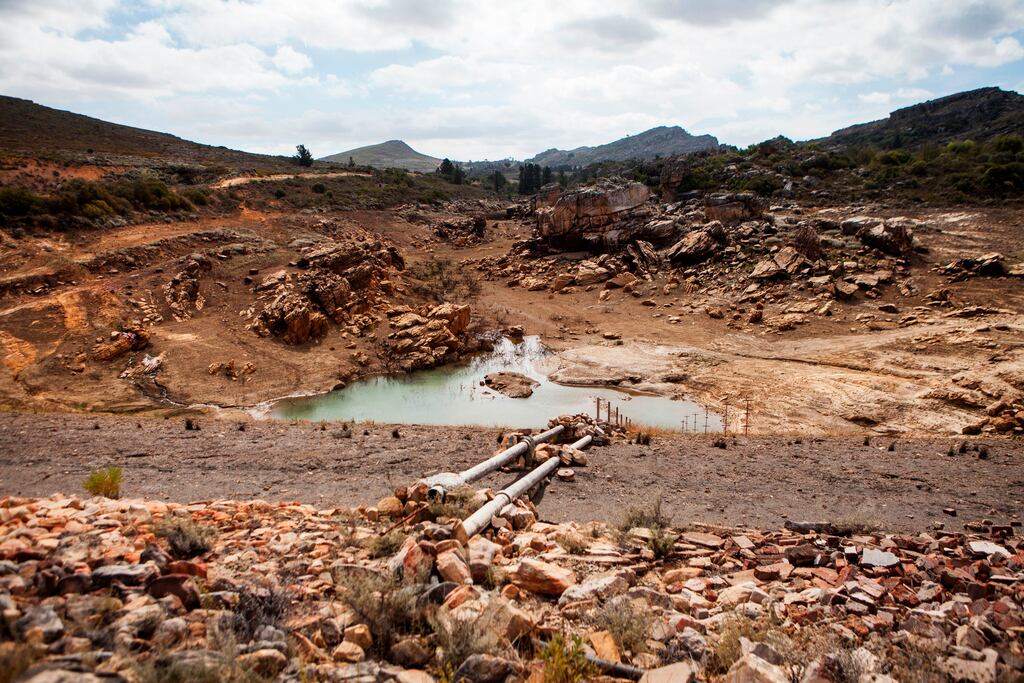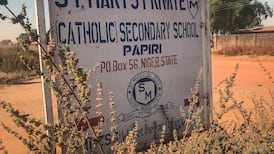A combination of climate change-induced drought, ageing municipal infrastructure and inept local government has pushed one of South Africa’s main metros to the brink of a major water disaster.
Nelson Mandela Bay municipality in the Eastern Cape province, which is home to 1.3 million people, could see many of its taps run dry within weeks if recent interventions introduced to resolve the crisis fail to have an impact.
According to local government statistics, two of the municipality’s five primary feeder dams – the Churchill and Impofu dams – are forecast to run out of water before the end of June. Combined the five dams stood at just 12.28 per cent full as of June 8th. To compound the already dire situation, no significant rains are forecast for the affected catchment areas – which have experienced a severe drought for the past seven years – until September.
[ Vanishing reservoir lakes herald America’s future water crisisOpens in new window ]
The pending disaster in the Eastern Cape is the second major drought-related crisis to hit a large South African metro since 2018, when Cape Town in the Western Cape province came within a few weeks of running out of water. That crisis was averted by the city’s population effectively halving its water use, the swift introduction of drought-mitigation measures and the fortunate arrival of significant winter rains.
READ MORE
If the Churchill and Impofu dams fail then an estimated 40 per cent of the Nelson Mandela Bay municipality will stop receiving piped water, plunging hundreds of thousands of primarily poor people into a humanitarian crisis. In a bid to avoid this scenario President Cyril Ramaphosa’s government recently took over the running of the municipality’s dysfunctional water and sanitation services directorate in order to oversee the implementation of an emergency response plan.
On June 6th the minister of water and sanitation, Senzo Mchunu, told reporters he was confident his team’s efforts would ensure Nelson Mandela Bay avoided “day zero” – the day the municipal water would need to be shut off because of a lack of supply.
Mchunu explained that in the short term residents must collectively reduce their water consumption from the current 280ml per day to 230ml, which allows for only 50 litres of water per person per day. “We are not going to enforce this with rudeness or brutality,” he said. “We need a powerful understanding on the part of citizens that there has to be a restriction [of water].”
The reduction in piped water will be supported by the introduction of additional mitigation measures, including a drought awareness campaign and restrictions on what municipal water can be used for.
In addition, in the medium to long term the existing water supply will be augmented from dams and river systems further inland, new boreholes and the desalination of seawater. Mchunu said climate change was primarily to blame for the crisis, although he conceded that ageing infrastructure had played a role.
Around 30 per cent of the metro’s water was lost due to leaks, he said. However, many local stakeholders believe there are other significant contributing factors. These include the poor management of water and sanitation services, low levels of technical capacity at the municipality, and infighting and corruption among its elected representatives. Indeed, last week the Nelson Mandela Bay Business Chamber offered to help the municipality to fix the thousands of leaks in the metro as it does not have enough qualified plumbers and engineers to carry out the work in a timely manner.
“As a business community we have members who are prepared to volunteer their expertise and resources to assist with targeting the reduction in leak levels,” said the chamber’s chief executive Denise van Huyssteen.
Prof Tally Palmer, the director of the Institute for Water Research at Rhodes University, says the standard of service delivery in the Eastern Cape has been decreasing for some time so tackling the water crisis properly needed both immediate action and long-term commitment. “In the short term people can help by changing their mindsets from anger to taking pride in water efficiency – saving water and fixing leaks,” she said.
Palmer added that the municipality’s best bet to access additional water could be to maximise water transferred from the Orange River, which is located inland, through the available linked dams, canals and pipelines. “This is a mechanism that could deliver positive effects in weeks rather than months.”
Dr Jo Barnes, a senior public health lecturer at Stellenbosch University in the Western Cape, said the implications of the vastly reduced water availability for people’s health were severe, and would likely lead to major outbreaks of disease that would prove difficult to contain.
“How are people supposed to live on just 50 litres of water per day?” she asked, adding that city officials should never have let the crisis get to this point. “They had the example of what happened in Cape Town in 2018 as a warning of what was to come.”




















